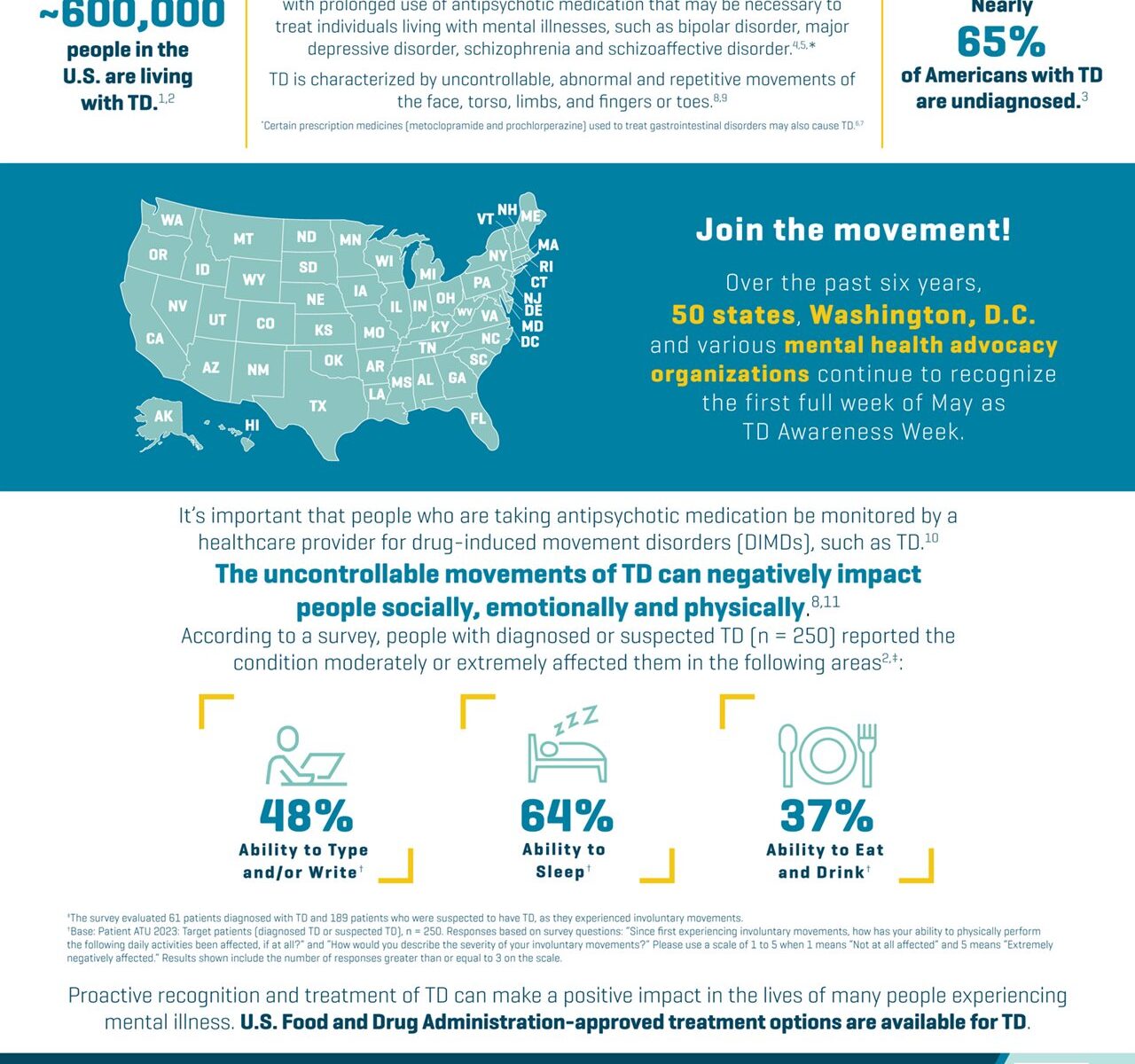2024-05-06T05:01:00
(BPT) – Professional baseball player JD Martinez is at increased risk for pneumococcal pneumonia because he has asthma, and he doesn’t want to let it stop him from taking his shot on — or off — the field. If you’re not familiar with it, pneumococcal pneumonia is a potentially serious bacterial lung disease that can put you in the hospital and even be life threatening. That’s why JD’s partnering with Pfizer to share his story as a professional athlete with asthma — and help raise awareness about the importance of getting vaccinated against pneumococcal pneumonia.
Q: How did you get your start in baseball?
JD: The love of baseball actually runs in my family. My grandfather was the mayor of a town in Cuba, and he was the first government official to put lights up in a baseball stadium. My grandmother also played softball, and she always joked that I got my baseball obsession from her. My parents weren’t personally involved in the sport, but they got me into it from a young age and always motivated me to do the best I can in everything I do.
Q: Did you experience any challenges throughout your career?
JD: Having asthma has been challenging at times, but I never let it hold me back. That’s why I have conversations with my doctor to make sure I’m doing everything I can to help stay ahead of my health. I learned that because I have asthma, I’m at over 5x greater risk for getting pneumococcal pneumonia compared to healthy adults in the same range. So, they recommended getting vaccinated against it.
Q: Is anyone else at risk for pneumococcal pneumonia?
JD: My doctor told me that adults 19-64 with asthma, or certain underlying medical conditions like diabetes, chronic heart disease and COPD, are also at increased risk.
I also learned that adults 65 or older are at increased risk, too. In fact, they are at over 10x greater risk for being hospitalized with pneumococcal pneumonia compared to adults younger than 50. If you fall into any of these groups, it’s important to know that getting vaccinated is one of the best ways to help protect yourself.
Q: When are you more likely to get pneumococcal pneumonia?
JD: Pneumococcal pneumonia can strike at any time, in any season. There’s a misconception that you can only get pneumococcal pneumonia in the winter or during flu season, but you can get it any time of year. Vaccination is available all year round, so now is a great time to assess if pneumococcal pneumonia vaccination is right for you.
Q: What about for people who have already been vaccinated against pneumococcal pneumonia in the past?
JD: Even if you’ve already been vaccinated against pneumococcal pneumonia previously, your healthcare provider may recommend another vaccination for additional protection.
Q: Thanks for sharing this information, JD. Where can people find out more?
JD: Talk to your doctor or pharmacist about pneumococcal vaccination. You can visit knowpneumonia.com to learn more and assess your risk.
Brought to you by Pfizer.


















